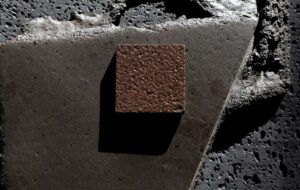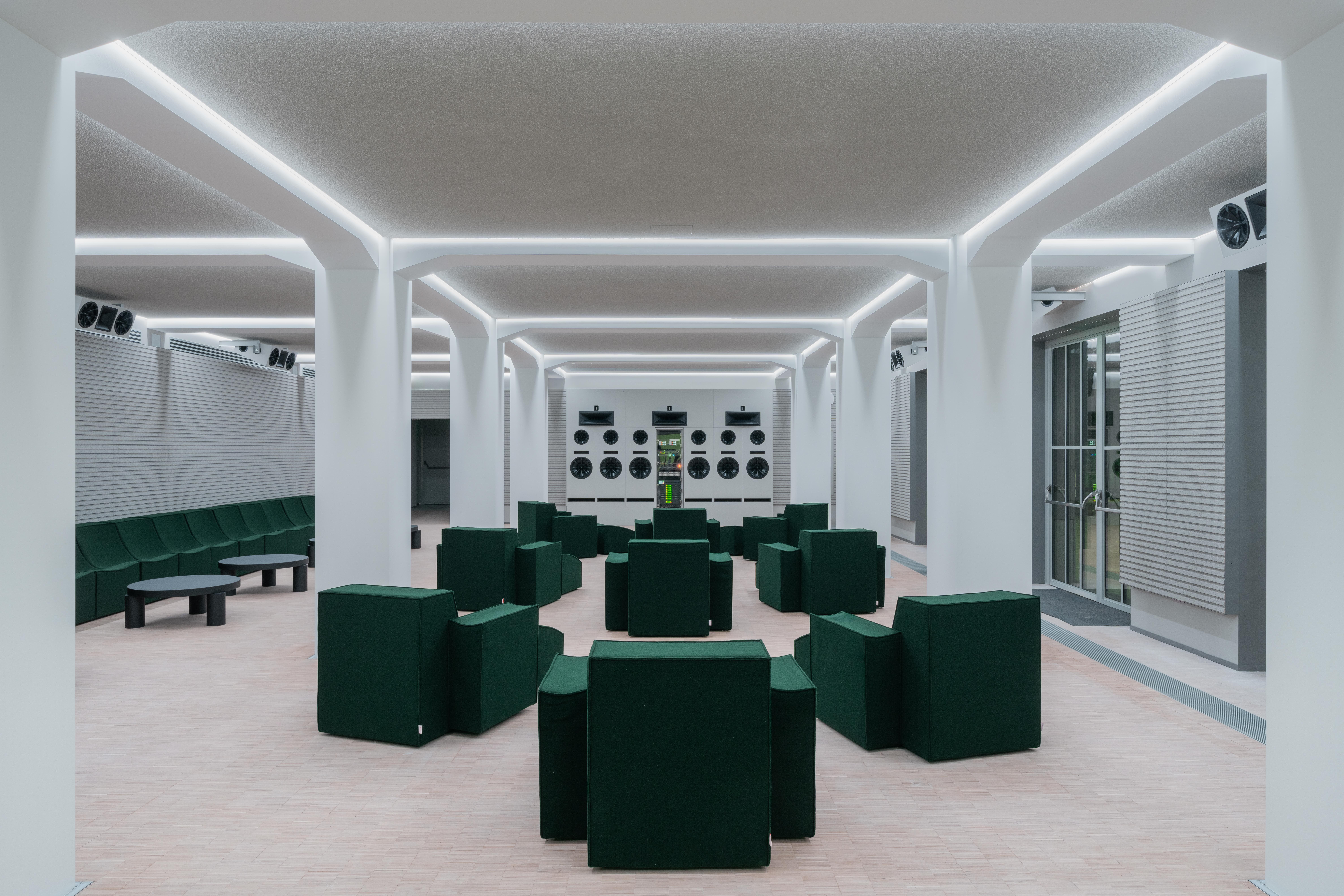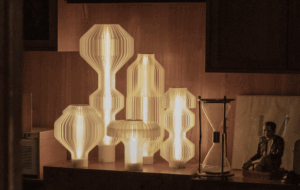|
|
||
|
Spacesuit: Fashioning Apollo, a history of the American spacesuit, opens like an episode of James Burke’s television series Connections, with a grand promise to cover “Dior and the defence establishment, Cronkite and cyborgs, Kubrick and Kennedy”. It tackles the design of the Apollo spacesuit in 21 essays to match the 21 layers of the final garment that landed on the moon. This is a book about architecture and design in all its forms, from the physical and virtual architecture of the mission and simulation control rooms to the design of television sets and project management systems. Each essay is full of surprising facts. Did you know that the unmanned Soviet spacecraft Sputnik contained a pressurised atmosphere so that its radio vacuum tubes wouldn’t blow apart when exposed to the true vacuum of space? Or that Kennedy had desoxycorticosterone acetate pellets (the treatment for Addison’s disease) surgically implanted every 90 days? Did you know that Eisenhower’s ballistic missile programme was named after Christian Dior’s New Look collection? Or that the Bikini Atoll nuclear tests were so heavily documented that they resulted in worldwide film shortages? The density of ideas and connections is intoxicating. De Monchaux swings masterfully between subjects, teasing out unexpected connections and spotting the seeds of contemporary life that were planted by the space race. The book builds to a complicated final argument – that the rigid cybernetic command and control systems that put a man on the moon are ill-suited to the soft realities of the human body. This is further explored through the argument that the systems developed by the space programme then had a direct effect on urban planning. This isn’t as incongruous as it may sound since, after the waning of interest and decline in funding for the space programme in the 1970s, large numbers of the aerospace workforce retrained as urban managers. If you are surprised to find cybernetics lined up with the “hard” team against the body, you are not alone. In the 1960s, cybernetics played for the “soft” team and was a key component in the work of architects such as Nicholas Negroponte, Cedric Price and Richard Saul Wurman. De Monchaux’s argument is that these systems weren’t soft enough: that for all their complexity they still reduced humans and human systems to engineering problems with far too few variables. Citing a variety of failed attempts by ex-NASA engineers to solve cities (and ignoring areas such as traffic control where cybernetic approaches saw a great deal of success), he calls for a more organic approach that treats bodies and cities as biological entities sustained by robust interrelated networks of systems. This desire to separate out the organic, messy, custom nature of the suit from the hard rationality of the rest of the programme ends up pulling his other narratives out of orbit. Most notably, the International Latex Corporation, mega-corporate maker of Playtex, is transformed into an underdog that barely wins the contract for the Apollo suits. De Monchaux frequently emphasises the incongruity between the feminine bras and girdles of Playtex and the macho jocks racing to space, while omitting the fact that the ILC also held contracts with the military during and after the Second World War to produce items like canteens, life jackets and attack boats. The non-suit components are consistently treated as lifeless and mass-produced items when we know from the Apollo 13 disaster that things were so customised that the command module’s air filters had to be jury-rigged to connect to the lunar module’s system. In this sense, de Monchaux proves his point. Even when you try to construct a complex narrative, life is still more complicated than that. Spacesuit: Fashioning Apollo. Nicholas de Monchaux. MIT Press, £25.95 |
Image NASA Image S69-55368, Courtesy Johnson Space Center
Words Tim Maly |
|
|
||


















